Crawl space dampness is more than a minor inconvenience; it’s a warning sign of potential damage to your home’s structural integrity and indoor environment. When moisture accumulates in a crawl space, it creates the perfect conditions for mold growth, wood rot, and pest infestations, all of which can compromise the safety and health of your home. Left unaddressed, dampness can seep into the living spaces above, affecting air quality and posing risks to occupants with allergies or respiratory conditions.
Promptly addressing crawl space dampness not only protects your home’s foundation but also prevents costly repairs in the future. By tackling the issue early through proper drainage, sealing, and ventilation, you can maintain a dry and stable environment that enhances your home’s energy efficiency and preserves its overall value. Understanding the importance of early intervention is the first step in keeping your home safe, healthy, and comfortable for years to come.
Identifying the Causes of Crawl Space Dampness
Common Sources of Moisture
Crawl space dampness can often be traced back to specific sources, each of which requires careful assessment and targeted solutions. Groundwater seepage or standing water is a frequent issue, especially in areas with poor soil drainage or high water tables. High humidity levels in the air, particularly in climates with significant seasonal moisture, can lead to condensation and damp conditions. Poor drainage around the home’s foundation, such as improper grading or clogged gutters, can direct water into the crawl space. Plumbing leaks in or above the crawl space are another common culprit, often leading to water accumulation and damp surfaces. Unsealed vents can allow outside moisture to enter, particularly during periods of heavy rainfall or high humidity.
Assessing the Extent of the Problem
Understanding the severity of crawl space dampness is essential for determining the appropriate course of action. Begin by checking for visible signs of water pooling, which could indicate seepage or drainage issues. Look for mold or mildew on surfaces like wood, insulation, or walls, as these are clear indicators of prolonged exposure to moisture. Musty odors are another telltale sign, often pointing to excessive dampness even when water is not immediately visible. To gain a more precise understanding of the moisture levels, use a hygrometer to measure air humidity and a moisture meter to assess dampness in wood or insulation. These tools provide valuable data to guide effective interventions.
Preparing Your Crawl Space for Repairs
Safety First
Ensuring safety before entering a crawl space is critical for a successful and hazard-free repair process. Always wear protective gear such as gloves, masks, and goggles to shield yourself from dust, mold, and other potential irritants. Proper lighting is essential for navigating and inspecting the confined space; use a reliable flashlight or a hands-free headlamp for optimal visibility. Before proceeding, check for pests, such as rodents or insects, that may pose risks during the repair work. Identifying and addressing these hazards beforehand can prevent accidents and ensure a safer environment.
Clearing the Area
A clean and organized crawl space is vital for effective repairs. Begin by removing any debris, old or damaged insulation, and other materials that may obstruct your work or contribute to existing issues. If there is standing water present, use a wet/dry vacuum or mop to dry the area thoroughly, ensuring that the space is ready for further maintenance. Temporarily relocate any stored items to avoid damage during the repair process and to create a clutter-free workspace. Proper clearing not only simplifies the repair tasks but also helps identify underlying problems more effectively.
DIY Solutions to Fix Crawl Space Dampness
Improve Drainage Around the Foundation
One of the most effective ways to combat crawl space dampness is by improving drainage around your home’s foundation. Start by cleaning gutters and downspouts to ensure water is directed away from the house. Properly functioning downspouts should guide water at least six feet from the foundation to prevent pooling near the crawl space. If water continues to accumulate, consider installing a French drain or creating sloped landscaping to redirect water flow away from the foundation, reducing the risk of seepage into the crawl space.
Seal and Protect the Crawl Space
Sealing your crawl space is a crucial step in keeping moisture out. Install a vapor barrier by covering the crawl space floor with heavy-duty plastic, at least 6-mil thick. Ensure seams overlap and secure them with waterproof tape to create a continuous barrier. Seal vents and cracks using caulking or spray foam to block moisture and air infiltration. For additional protection, insulate the crawl space walls with rigid foam boards, which help to reduce condensation and maintain a stable environment.
Manage Humidity Levels
Controlling humidity in your crawl space is essential for preventing mold and moisture-related damage. Install a dehumidifier specifically designed for crawl spaces to regulate humidity levels, aiming to keep them below 60%. Adding proper ventilation can also help reduce moisture buildup by improving airflow. However, the decision to add or seal vents should align with your climate and home’s specific needs to avoid unintended moisture problems.
Address Plumbing Issues
Leaky pipes are a common cause of crawl space dampness and should be addressed promptly. Inspect plumbing in and above the crawl space for drips or damage, and repair leaks using sealants or replacement parts. For homes in areas prone to heavy rains, installing a drainage system such as a sump pump can effectively manage excess water. The pump will collect and remove standing water, keeping the crawl space dry during extreme weather conditions.
Maintenance Tips to Prevent Future Dampness
Regular Inspections
Consistent inspections are the foundation of preventing dampness in your crawl space. Monthly checks can help you identify new leaks, cracks, or areas of standing water before they become significant issues. Use a hygrometer to monitor humidity levels and ensure they remain below 60%, as higher levels can lead to mold growth and wood damage. Early detection through routine inspections can save time and money by addressing problems promptly.
Keep the Space Clean
Maintaining a clean crawl space is essential for long-term moisture prevention. Regularly remove debris that can retain moisture or attract pests, ensuring the area stays dry and clutter-free. Replace damaged vapor barriers as needed to maintain an effective seal against ground moisture. A clean crawl space also allows for easier identification of issues during inspections.
Seasonal Preparations
Preparing your crawl space for seasonal changes can prevent dampness during wetter months. Before the rainy season, test sump pumps to ensure they are functioning correctly and inspect drainage systems for blockages or damage. Reseal vapor barriers and insulation to reinforce the crawl space against moisture intrusion. Seasonal maintenance helps keep your crawl space dry and protected, even during periods of heavy rainfall.
When to Call a Professional
Persistent Dampness
If your crawl space remains damp or experiences water pooling despite your best DIY efforts, it’s time to call in a professional. Persistent moisture issues often indicate underlying problems, such as poor grading, hidden leaks, or compromised drainage systems, that require expert diagnosis and advanced solutions. Professionals have the tools and expertise to identify and resolve these deeper issues effectively, ensuring your crawl space stays dry.
Structural Issues
Structural problems in your crawl space, such as cracked foundations or extensive wood rot, are serious concerns that demand professional attention. These issues can compromise the stability of your home and require specialized repair techniques like foundation reinforcement or beam replacement. Attempting to address significant structural damage without the proper knowledge or tools can exacerbate the problem, making professional intervention critical.
Mold or Mildew Infestations
When mold or mildew covers large areas of your crawl space or poses a health risk to your household, a professional mold remediation service is essential. Mold infestations not only compromise air quality but can also weaken structural components over time. Professionals can safely remove the mold, treat the affected areas, and implement measures to prevent future growth, protecting both your home and your health.
FAQs
Contact Trench Guys Today!
Trench Guys will do everything we can to ensure your experience with us is excellent.
Request A FREE Estimate
Request a Free Estimate Form
Checkout Recent Post
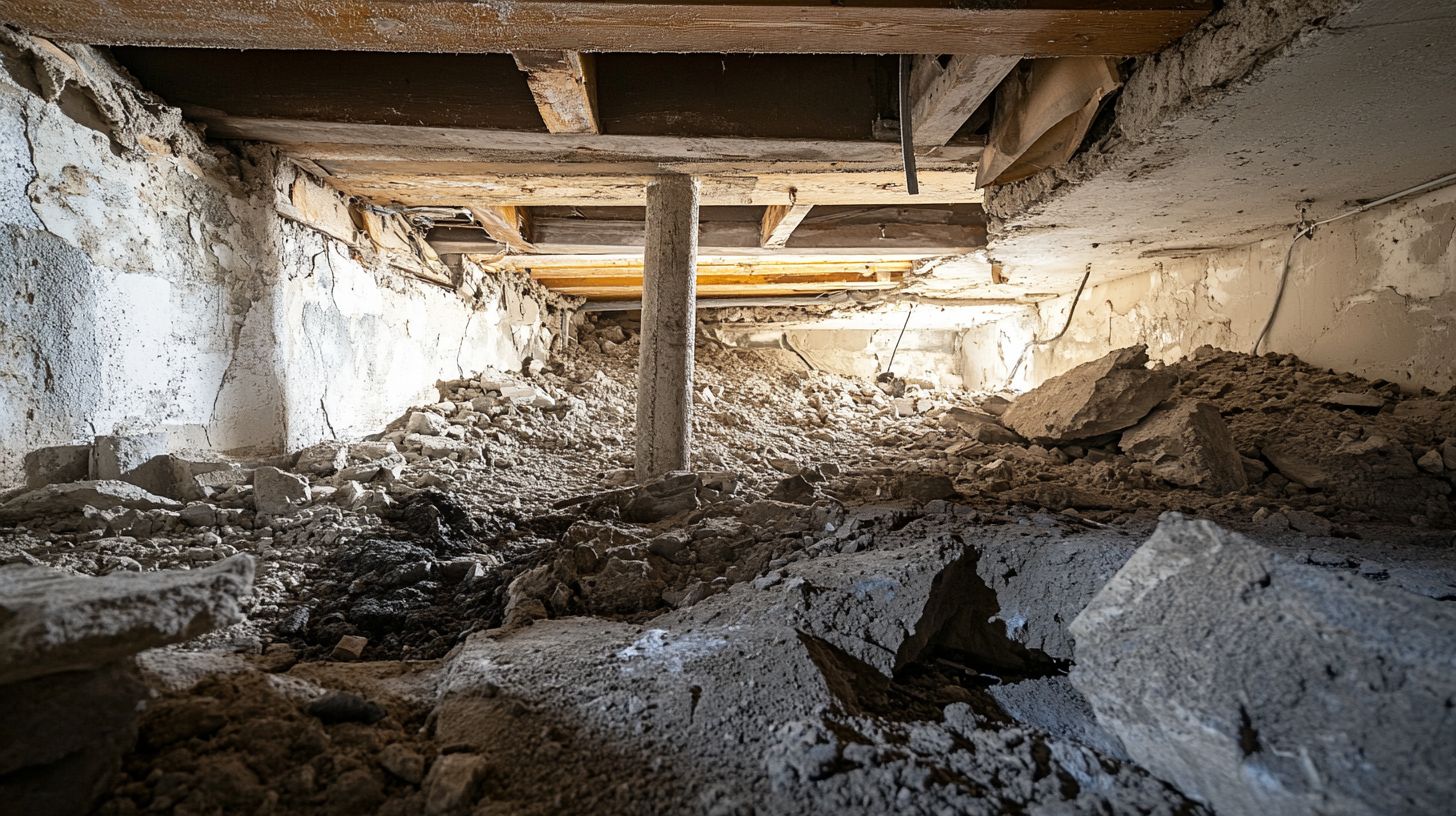
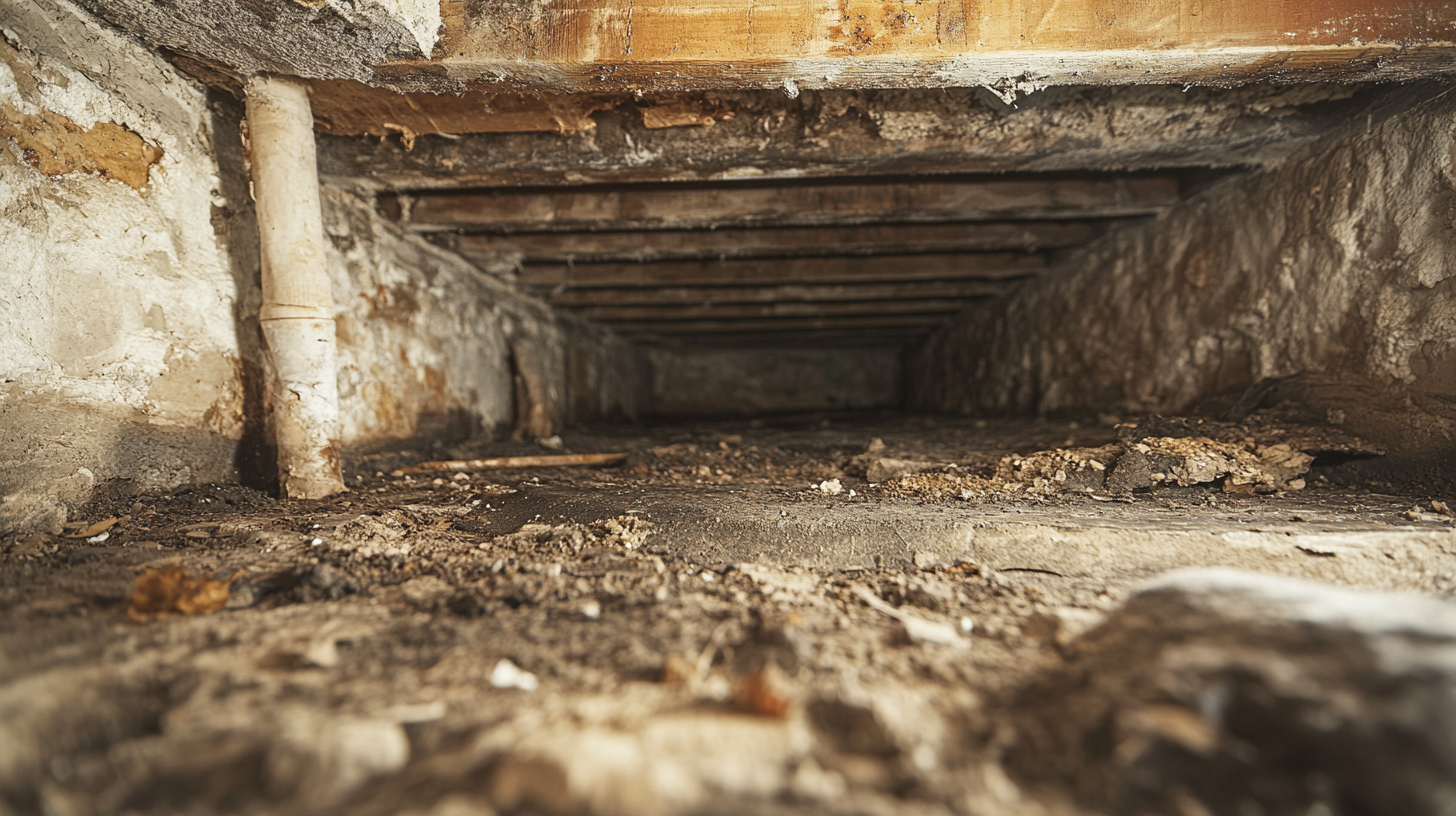
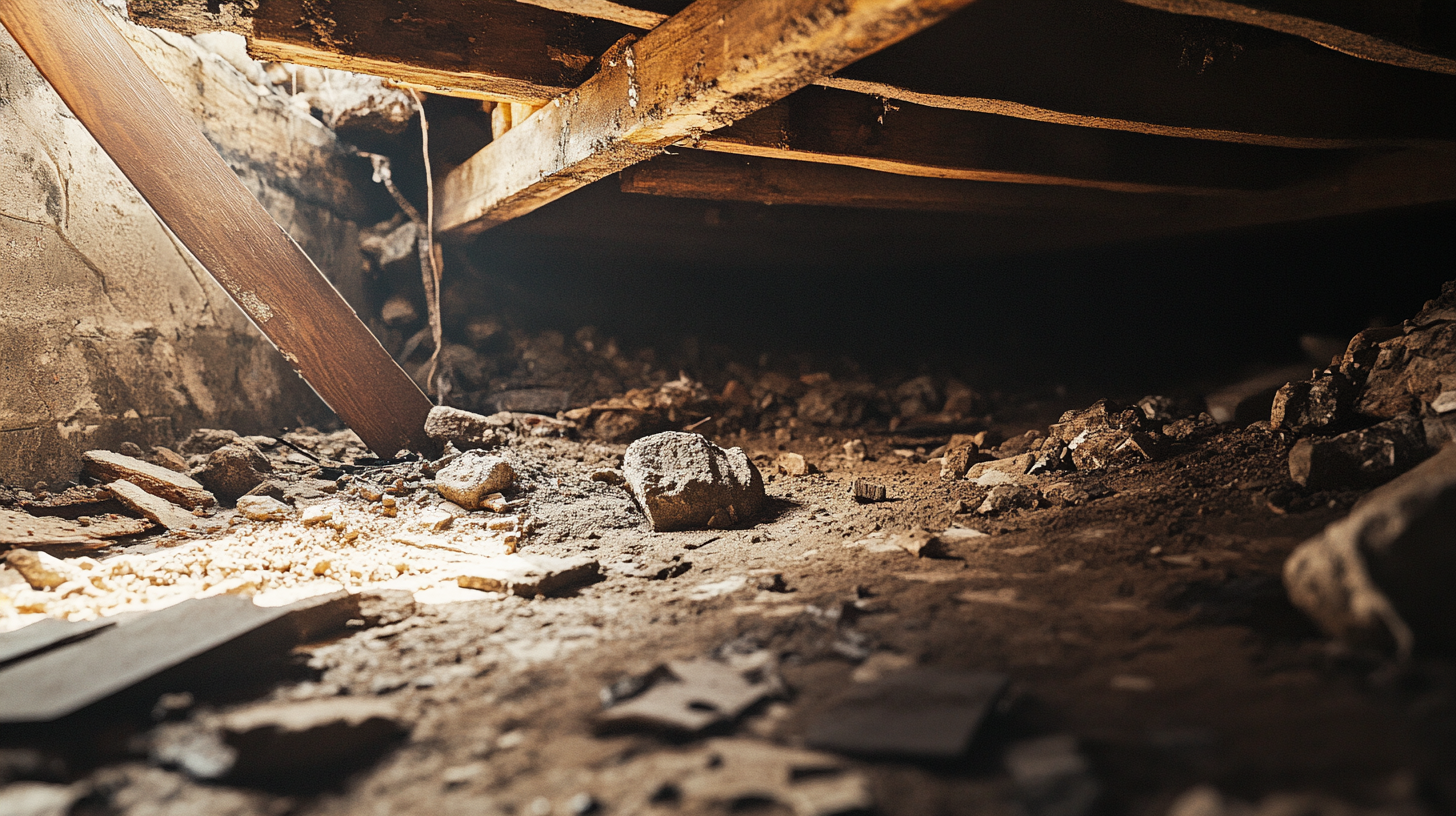
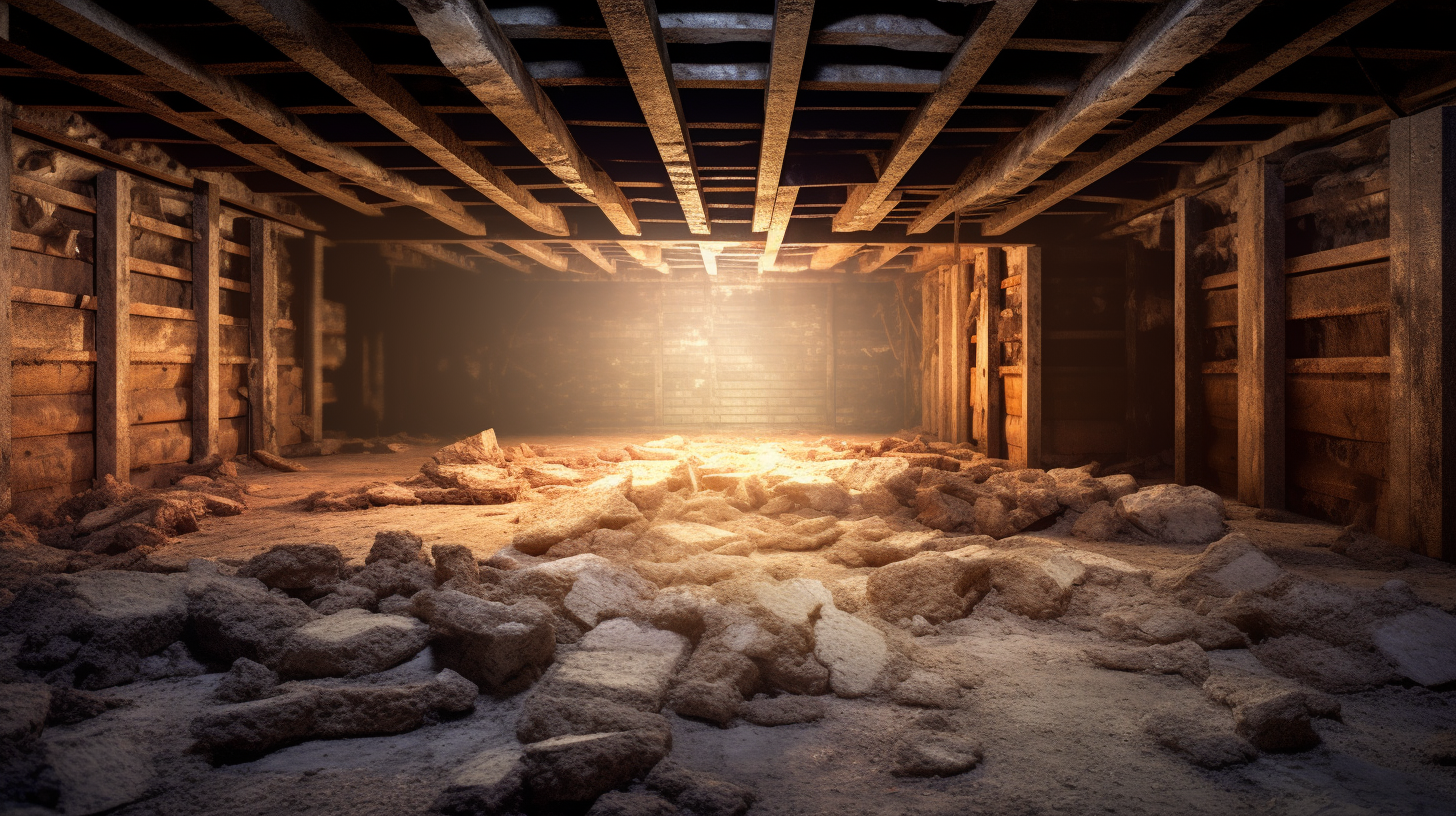
Got a Question? We’re Here to Help.
You can arrange an appointment or make an enquiry by phone or email, orget in touch to us via our contact form.



